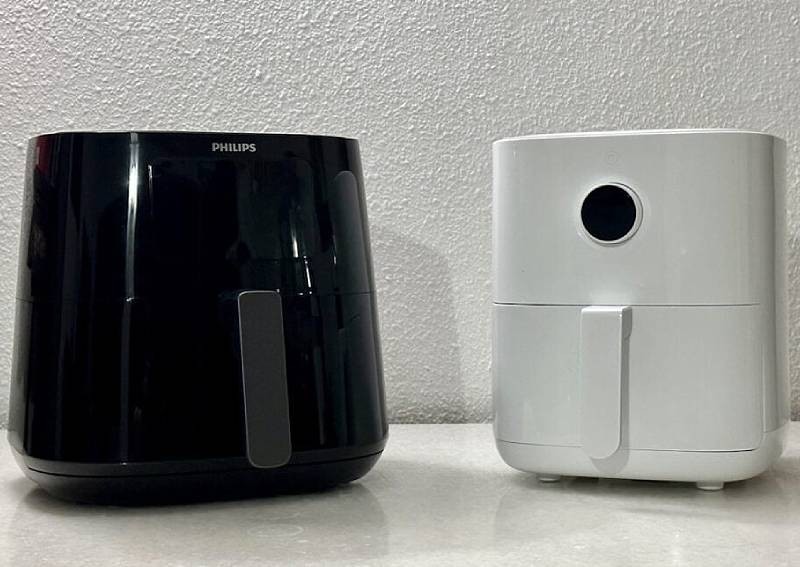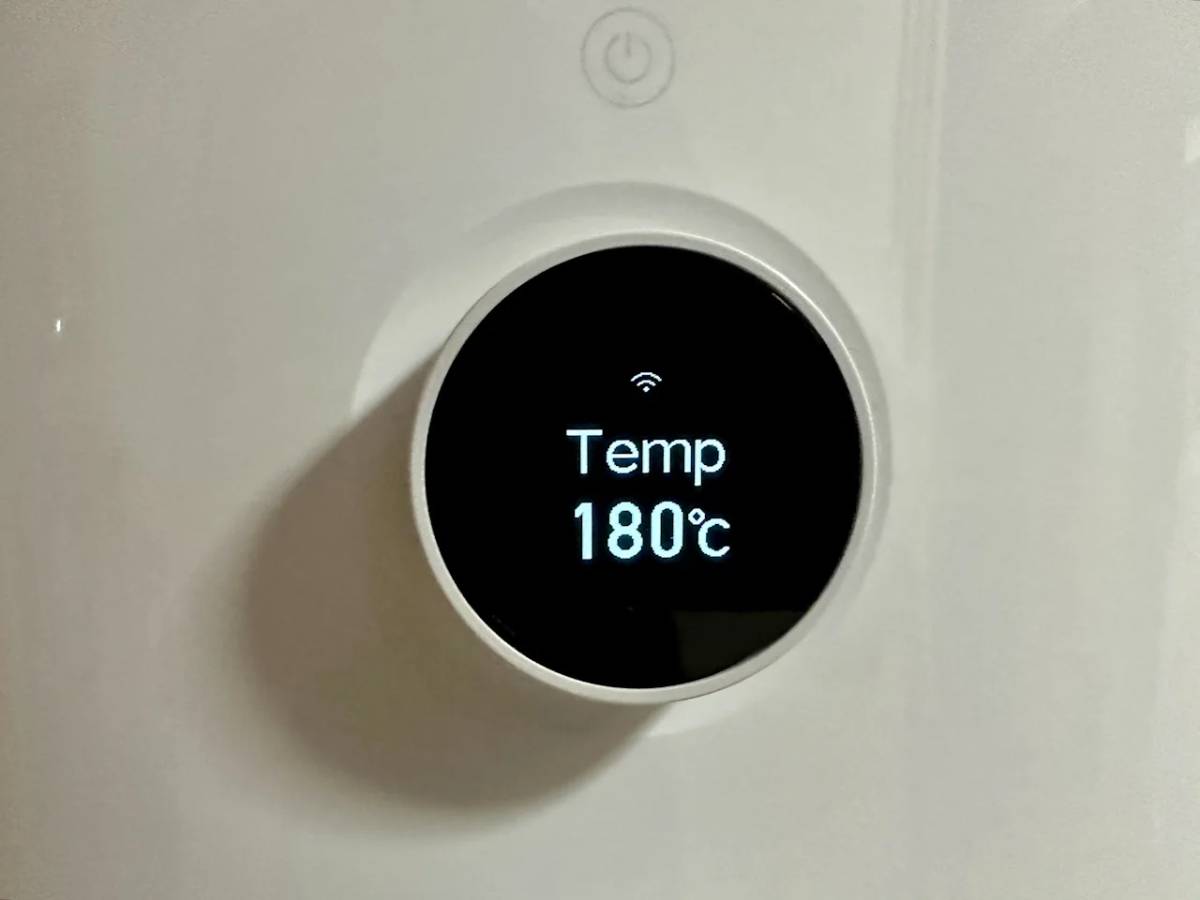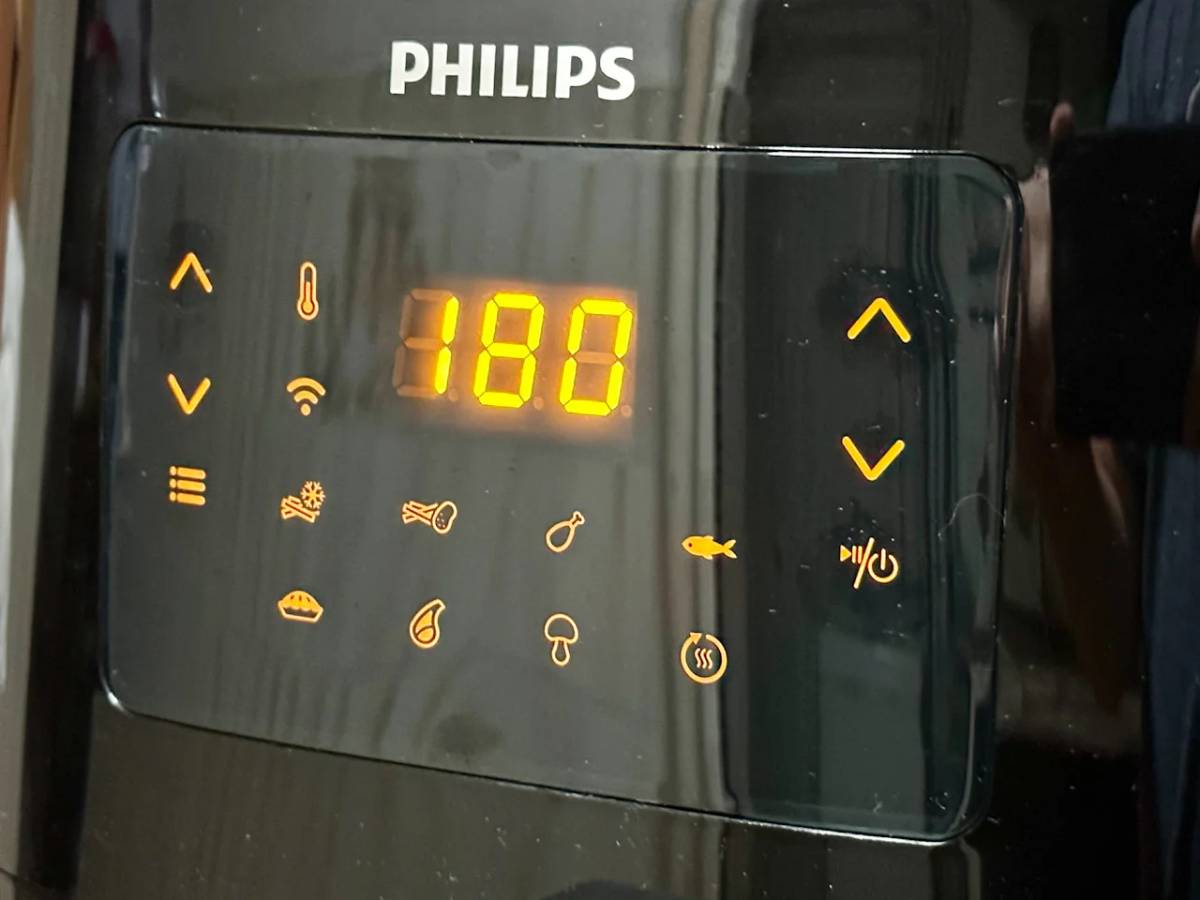I tried the Mi Smart Air Fryer and Philips Essential Air Fryer XL to see if it makes sense to upgrade my at-home air fryer


Although air fryers prepare fried food in a more healthy manner, there's nothing technologically advanced about the mechanics of air frying.
As such, is there a need to have the latest and 'bestest' air fryer on offer?
I already have an old Philips HD9216 Airfryer that serves me well. You set the temperature, then the time, and it just does its thing.
Halfway through, you pull out the tray, flip or shake the contents and continue till completion. Serve, munch, and then clean up. Easy peasy. Do you really need more?
My HD9216 is pretty much equivalent these days to a budget air fryer albeit better made, while the Mi Smart Air Fryer (MiSAF for short) and the Philips Airfryer 5000 Series XL (HD9280 for short) represent two examples of air fryers if you're willing to part with a little more.
The MiSAF is priced at $139 (currently on sale at $99) while the HD9280 is almost double at $259 (as low as $213 at Harvey Norman).

I learned very early on never to set up a new smart device that's supposed to be preparing food for an empty tummy. Imagine my chagrin that I have to set up a Wi-Fi connection the moment I turn it on.
Oh well, this is the new normal. As with all things Wi-Fi, it takes time to set up for the first time; is this going to be worth all the trouble, I wonder.
To be fair, there nice little touches, like setting reminders to flip or shake the contents so that they are evenly cooked, does allow you to take a hands off approach.
You can change settings on the fly, or even start or stop cooking directly from the app, though it's not really something you need to do unless you messed up.
The MiSAF is smaller with 1.5kW power and 3.5l capacity whereas the HD9280 has 2kW power and 6.2l capacity.
As I soon learnt, the difference in power and capacity also meant that the cooking settings for both would be different as well-meaning that regardless of whether you're a new user or if you're changing air fryers, you need some time to tweak the settings-unless really don't care and you just want your food to be: not cold.
For all intents and purposes, the three air fryers do exactly the same thing under the hood and honestly, you can more or less dial in similar settings if you take the time to figure it out.
Variables like capacity and wattage will affect your settings and it's not an exact science. Aside from the larger capacity of the HD9280 (6.2 litres vs 3.5 litres on the MiSAF), the HD9280 does cook quicker than the MiSAF (2kW vs 1.5kW), so I had to reduce the cooking time when preparing the same dish.

The user experience also could not be any more different.
The MiSAF operates as any modern smart device would. One dial to rule them all; just rotate, tap to confirm or double tap to go back.
The HD9280 has a more traditional interface, using a touchscreen to change presets or adjust the temperature and time.
Both are easy enough to use on their own so it's just a matter of preference. If you like to keep things simple, the HD9280 is far easier because whatever you can control with the interface is all out in the open. With the MiSAF, it's basically running through a settings menu all the time.
Being smart devices, both air fryers grant you the ability to control your settings with a mobile phone via their respective apps. The apps add conveniences like the ability to keep track of progress wherever you go.
While both provide you with cooking suggestions and recipes, and the requisite settings can be sent to the air fryers, they don't do anything magical.
In short, you prepare the dish according to the recipe provided, and then you use the presets it loads directly to the air fryer rather than manually punching in the information in yourself. You can also save your own recipes, of course.
To be honest, the value-add here isn't enough to stand out as a killer feature, but providing recipes does help if you're tired of cooking or thinking about what to prepare after a long day at work, as the Airfryer essentially takes the cooking process out of the equation, saving your tummy from the ignominy of junk food and cup noodles.
Plus, you can do healthier junk food with an air fryer too.

One useful feature that the HD9280 had was the ability to keep food warm for half an hour, which is a nice touch given that we're likely to be waylaid by more urgent chores while preparing food. The HD9280 maxes out at an hour of cooking while you can adjust the temperature between 60 to 200 degrees.
On the other hand, the MiSAF can operate at temperatures as low as 40 degrees and for as long as 24 hours; this lets you prepare foodstuffs like yoghurt, for example.
Cleaning the MiSAF was a little easier but that's in part due to its smaller size. And the HD9290 is pretty chonky. The plate is held in place with silicone rubber, while the HD9280 uses a detachable basket so that it's easier to remove.
Also, I'm not sure how long the silicone rubber will hold up after countless uses and whether the plate will wind up being a little too loose for comfort.
That said, I made a mental note to never buy an air fryer that's too big for what I normally would need In this instance, the MiSAF is plenty for a small household of two, maybe three.
[[nid:526053]]
But the Philips can prepare for about four or five, but more importantly, it does cook a little faster though… Hmm, decisions.
Either way, these two air fryers are pretty good at what they do. The MiSAF is sleek and has a decent range of heating options-the long cooking option is useful-while the Philips is easy to use and the additional power certainly speeds the process up.
The Philips costs almost twice as much as the MiSAF, but all things equal I think the Philips looks more likely to stand up to long-term daily wear and tear; mechanically at least.
From my perspective at least, the Wi-Fi feature doesn't do much, but little things go a long way when preparing food is the last thing on your mind.
More often than not, you have bigger fish to fry at home, metaphorically speaking; there's always something that needs to be addressed, especially when you have children.
So will I upgrade my air fryer? For me, there is no real need to, as I am ultimately an unsophisticated user of kitchen aids.
But if you rely on the air fryer pretty often to prepare meals, the smart features might turn out to be modest lifehacks that make a busy day that little bit better.
ALSO READ: The smartest kitchen appliances to make your cooking a breeze
This article was first published in Potions.sg.